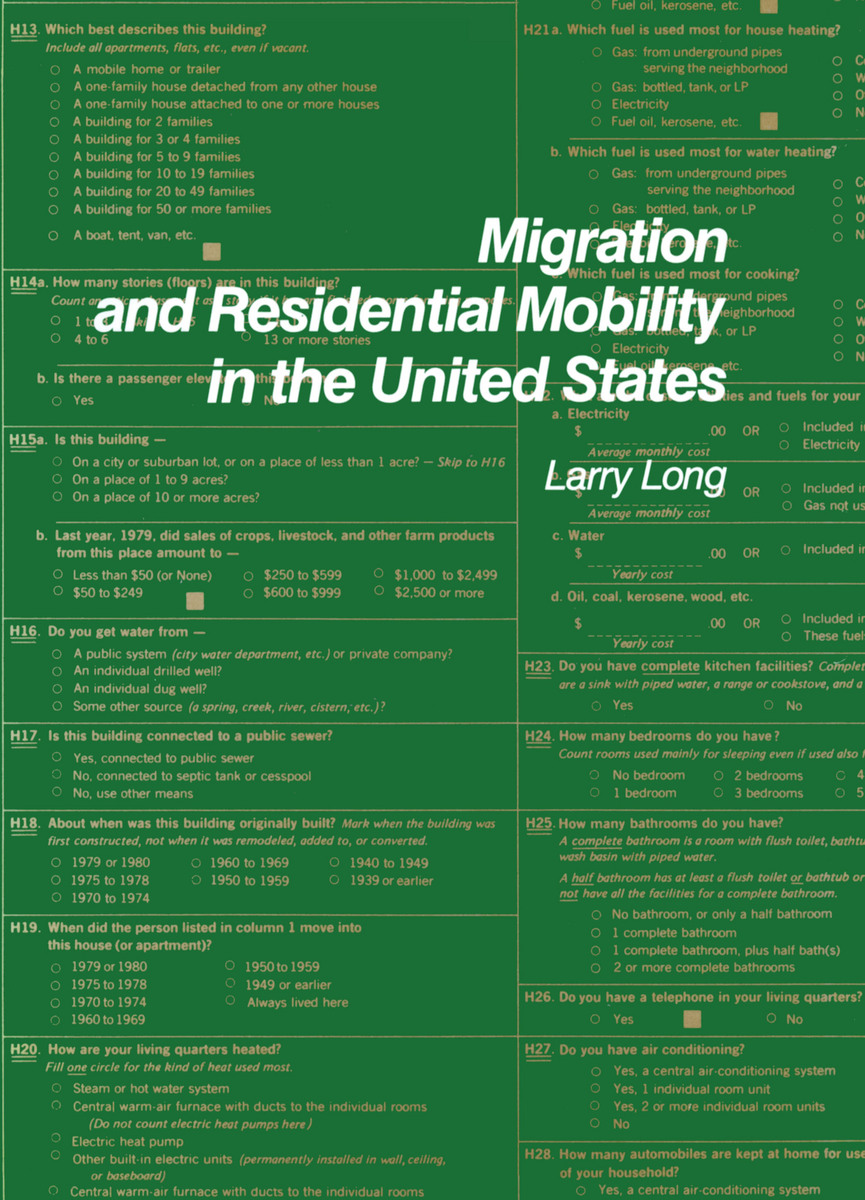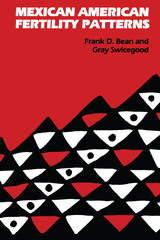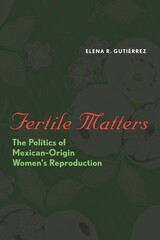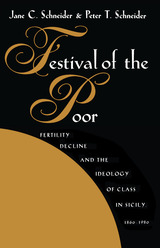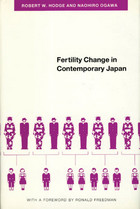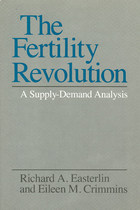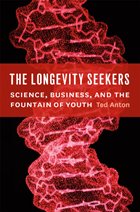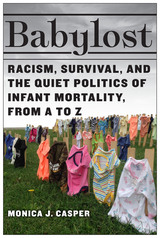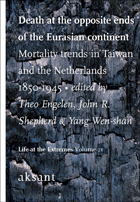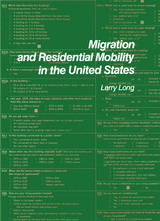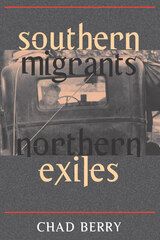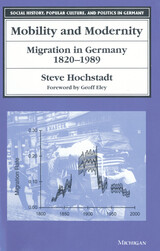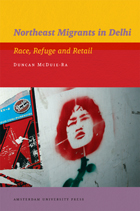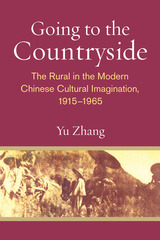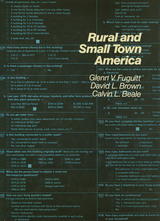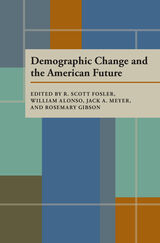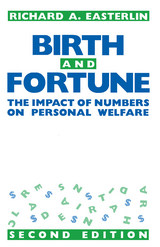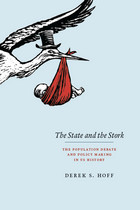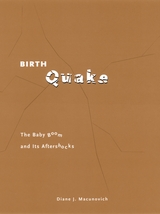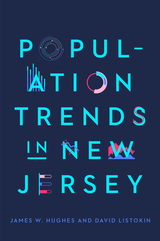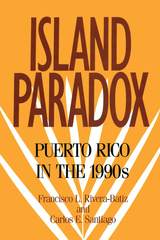Migration and Residential Mobility in the United States
Russell Sage Foundation, 1988
eISBN: 978-1-61044-369-2 | Cloth: 978-0-87154-555-8
Library of Congress Classification HB1965.L578 1988
Dewey Decimal Classification 304.80973
eISBN: 978-1-61044-369-2 | Cloth: 978-0-87154-555-8
Library of Congress Classification HB1965.L578 1988
Dewey Decimal Classification 304.80973
ABOUT THIS BOOK | AUTHOR BIOGRAPHY | TOC
ABOUT THIS BOOK
Americans have a reputation for moving often and far, for being committed to careers or lifestyles, not place. Now, with curtailed fertility, residential mobility plays an even more important role in the composition of local populations—and by extension, helps shape local and national economic trends, social service requirements, and political constituencies. In Migration and Residential Mobility in the United States, Larry Long integrates diverse census and survey data and draws on many academic disciplines to offer a uniquely comprehensive view of internal migration patterns since the 1930s. Long describes an American population that lives up to its reputation for high mobility, but he also reports a surprising recent decline in interstate migration and an unexpected fluctuation in the migration balance toward nonmetropolitan areas. He provides unprecedented insight into reasons for moving and explores return and repeat migration, regional balance, changing migration flows of blacks and whites, and the policy implications of movement by low-income populations. How often, how far, and why people move are important considerations in characterizing the lifestyles of individuals and the nature of social institutions. This volume illuminates the extent and direction, as well as the causes and consequences, of population turnover in the United States. A Volume in the Russell Sage Foundation Census Series
See other books on: Demography | Emigration & Immigration | Migration | Migration, Internal | Residential mobility
See other titles from Russell Sage Foundation
